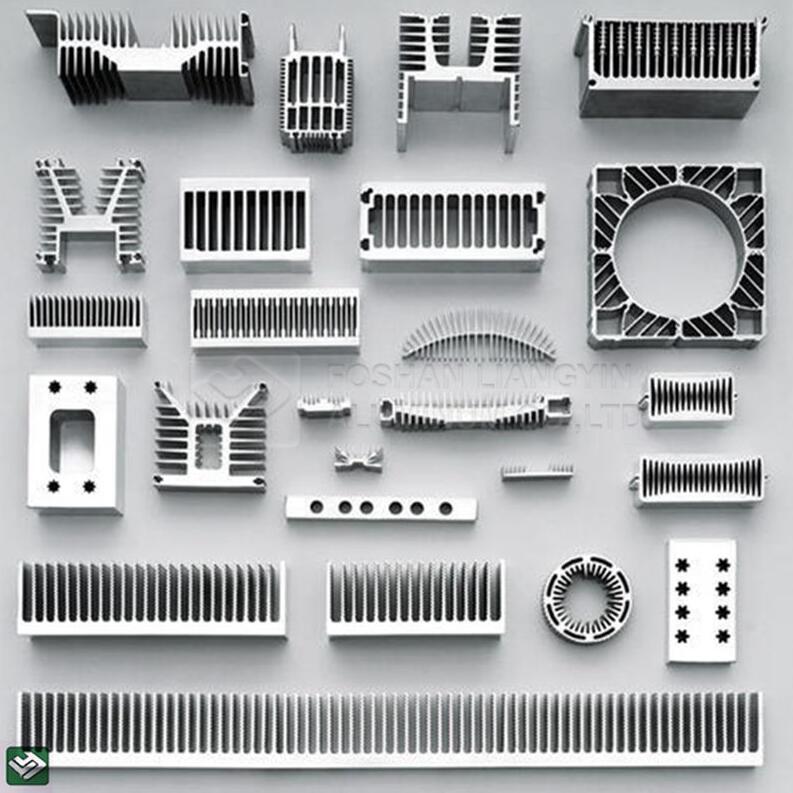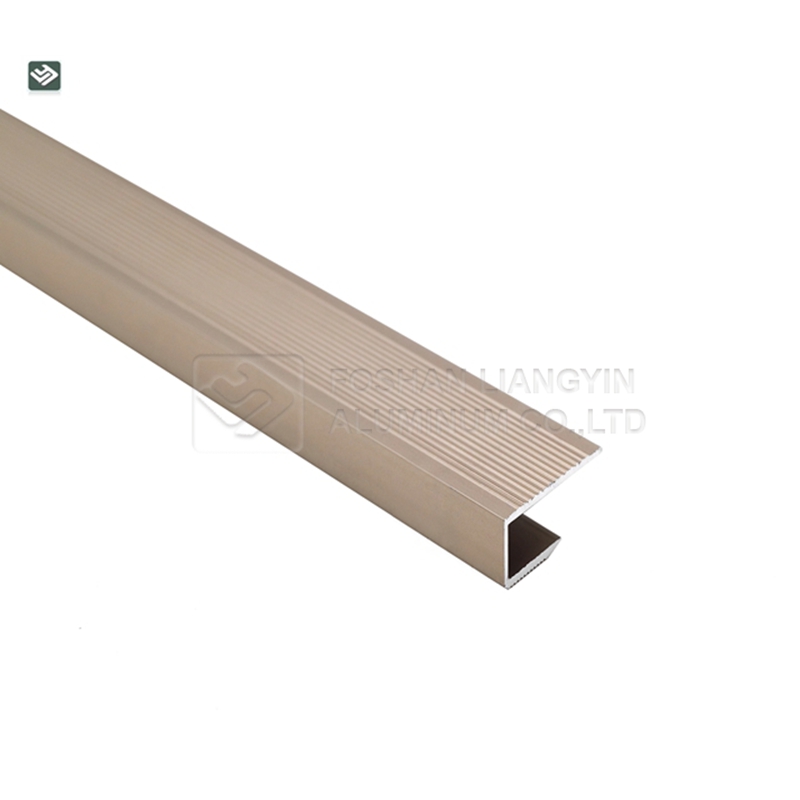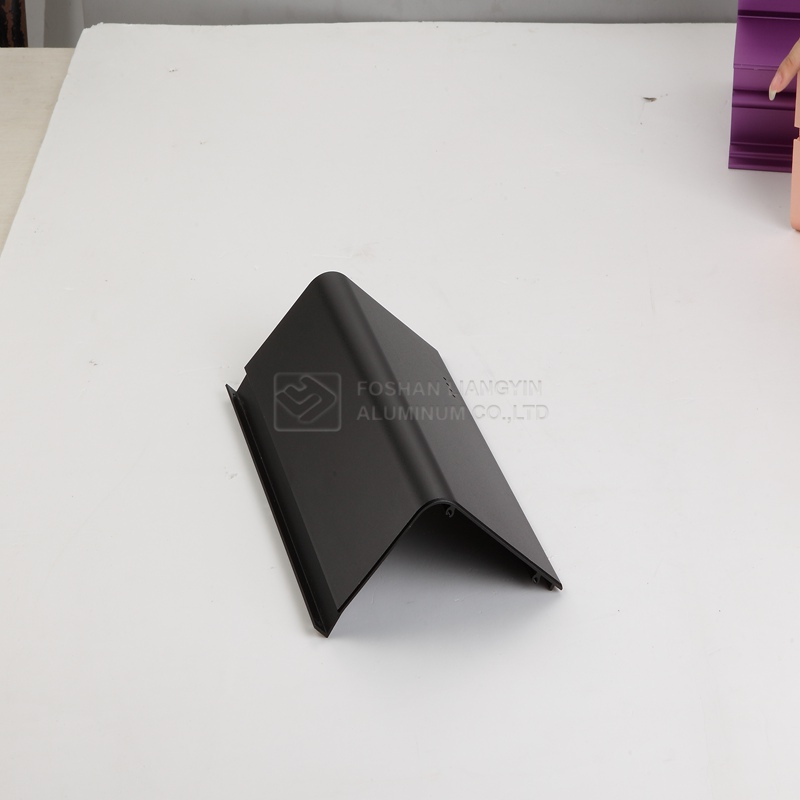When selecting or designing a heat sink, the following factors must be considered.
The most common heat sink material is aluminum alloy. Aluminum alloy 1050A has one of the higher thermal conductivity values, 229 W/m•K, but is mechanically soft. Aluminum alloys 6060 and 6063 are commonly used and have thermal conductivity values of 166 and 201 W/m•K, respectively. These values depend on the temper of the alloy.
The heat sink fin can be thought of as a flat plate where heat flows at one end and is dissipated into the surrounding fluid as it travels to the other end. As heat flows through the fins, the thermal resistance of the heat sink that impedes the flow and the heat loss due to convection combine to reduce the temperature of the fins and therefore the heat transferred to the fluid from the bottom to the end of the fins.

The heat flow between the semiconductor chip and the ambient air is modeled as a series of thermal flow resistances; resistance exists from the core to the device housing, from the housing to the heat sink, and from the heat sink to the environment.
Radiant cooling may be an important factor in cases of low convection, such as flat finless faceplates with low airflow. Here, surface characteristics may be an important design factor. In the visible spectrum, matte black surfaces radiate more efficiently than shiny bare metal. Shiny metal surfaces have low effective emissivity due to their low surface area.
Spreading resistance occurs when heat energy is transferred from a small area to a larger area in a substance with limited thermal conductivity. In a heat sink, this means that the heat will not be distributed uniformly through the base of the heat sink. The phenomenon of spreading resistance manifests itself in how heat travels from the location of the heat source and creates a large temperature gradient between the heat source and the edge of the heat sink.
A pin-fin heat sink is a heat sink that has pins that protrude from the base. The pins can be cylindrical, oval or square. Pins are one of the more common types of heat sinks on the market today. The second type of heat sink fin arrangement is straight fins. They run the entire length of the heat sink. A variation of the straight fin heat sink is the cross-cut heat sink. A straight fin heat sink is cut at regular intervals.

